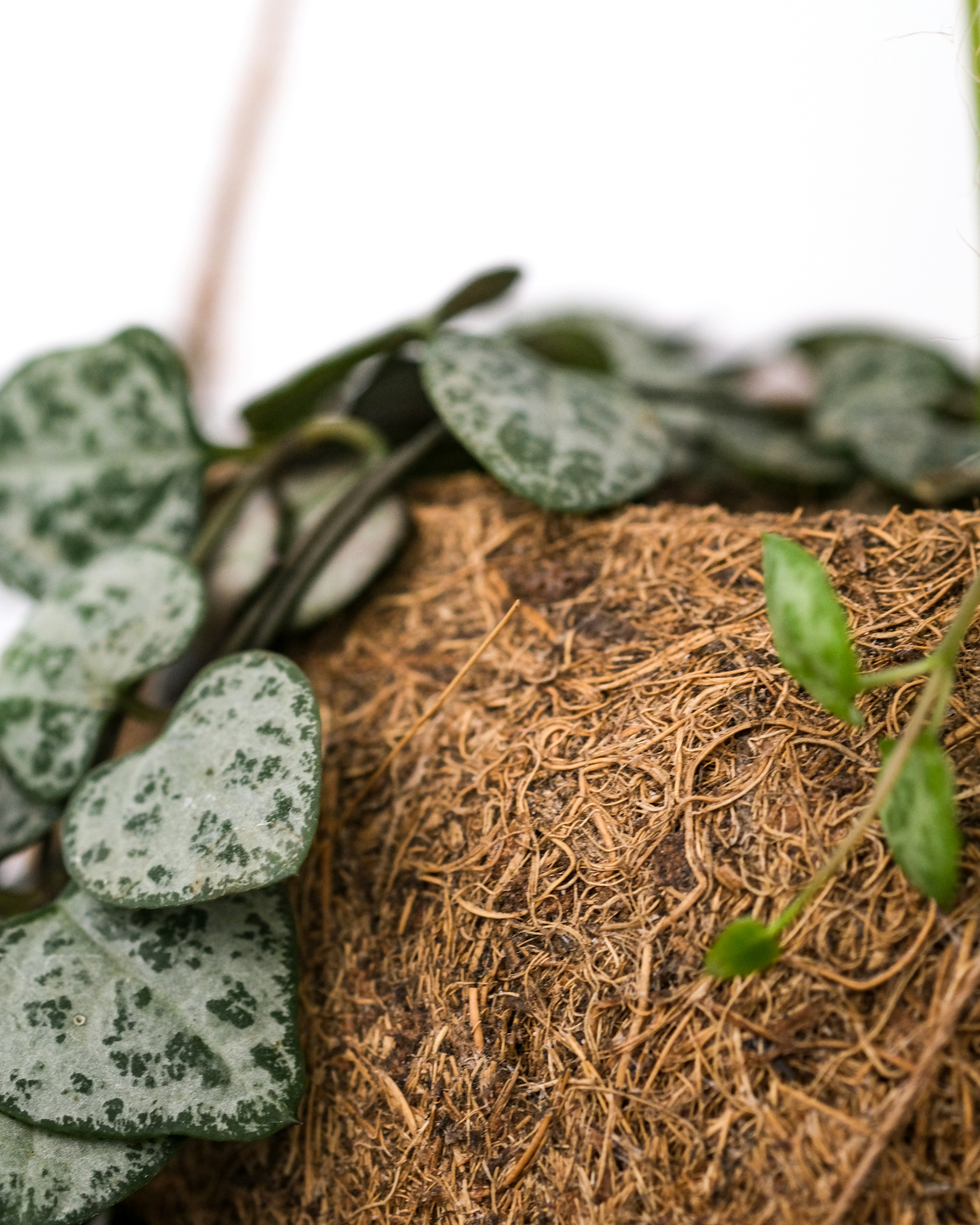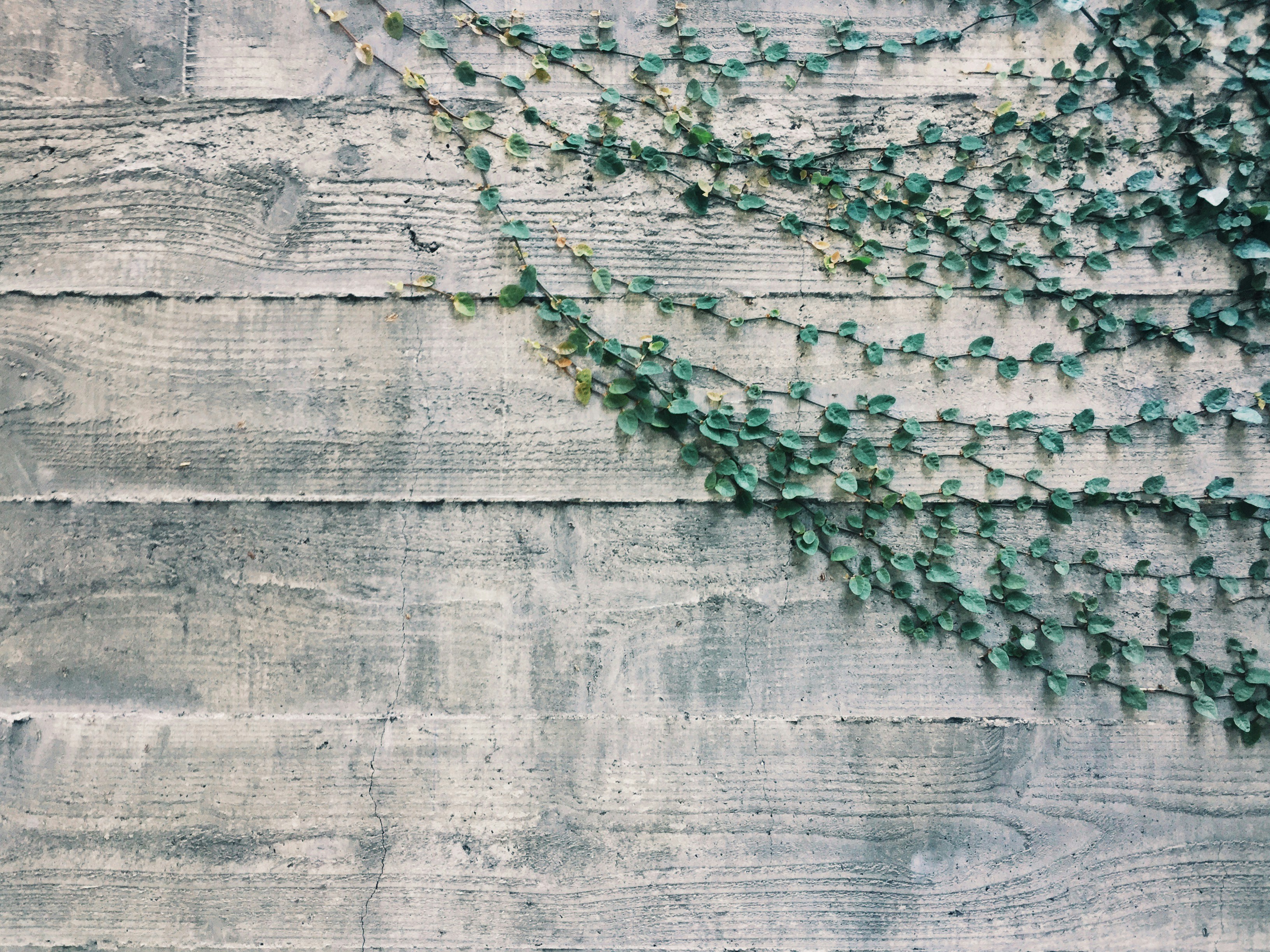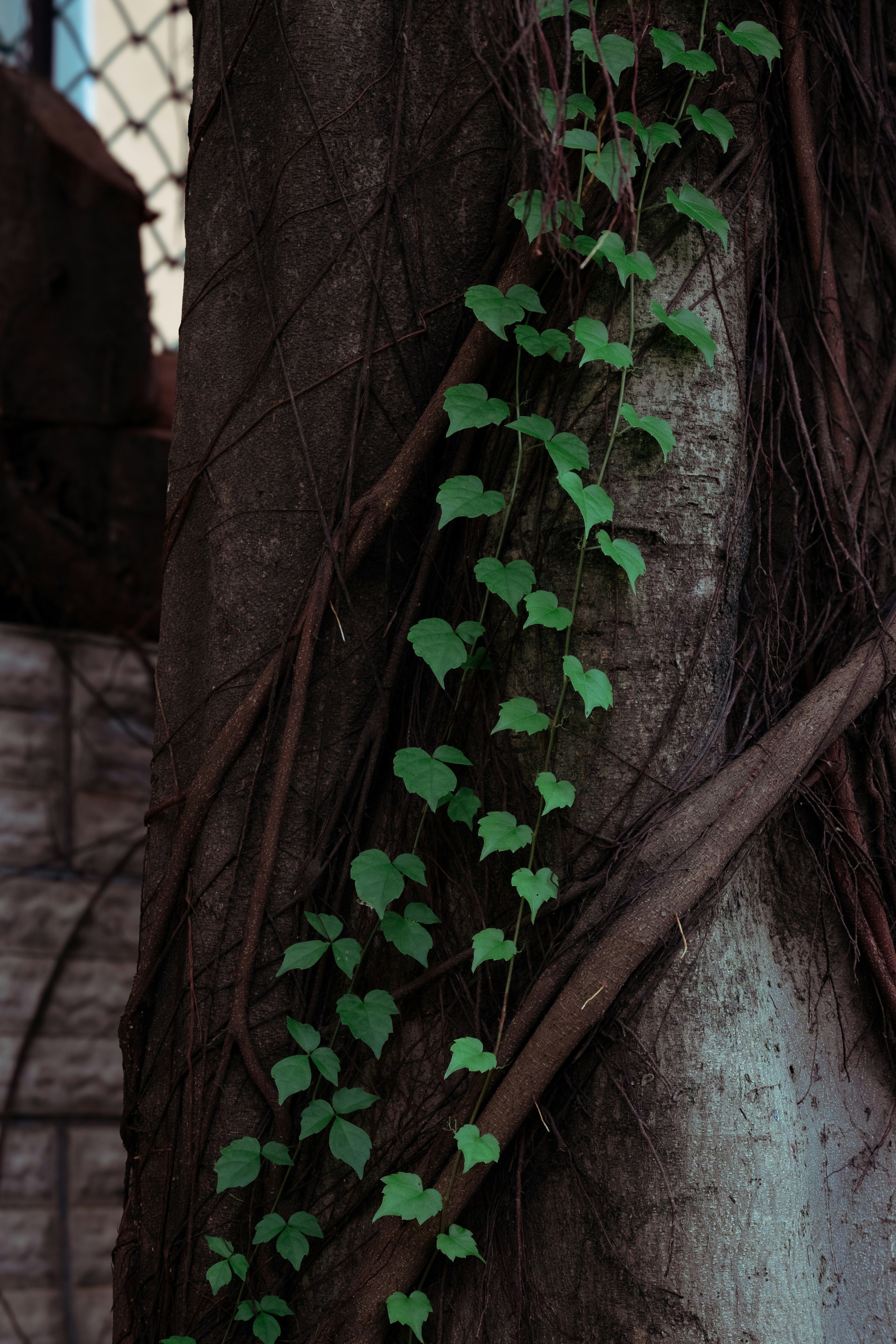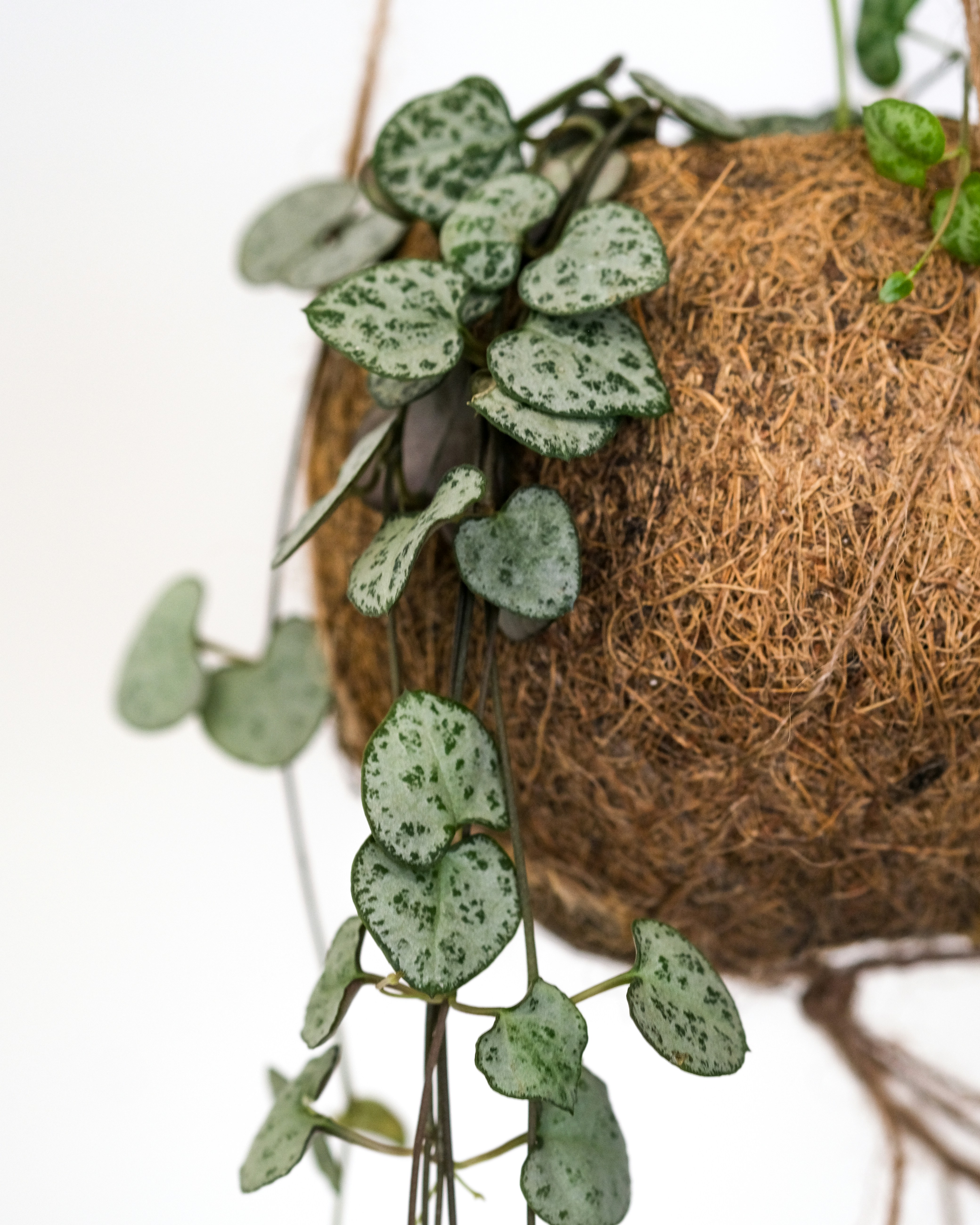How to Grow and Care for String of Hearts: A Complete Guide
Have you ever seen a plant that captures both elegance and charm in such a small, delicate package? The String of Hearts, also known as Ceropegia woodii, is a favorite among plant enthusiasts for its stunning trailing vines and heart-shaped leaves. Whether you’re looking to add a touch of greenery to a hanging planter or seeking a low-maintenance indoor plant that makes a statement, the String of Hearts is an excellent choice. But how do you ensure this beauty thrives in your care? Let’s dive into the essential steps to grow and nurture this captivating plant!
| Category | Details |
|---|---|
| Common Name | String of Hearts |
| Botanical Name | Ceropegia woodii |
| Family | Apocynaceae |
| Plant Type | Perennial, succulent |
| Mature Size | 2-4 feet (trailing stems) |
| Sun Exposure | Bright, indirect light |
| Soil Type | Well-draining, cactus or succulent mix |
| Soil pH | Neutral to slightly acidic (6.0-7.0) |
| Bloom Time | Summer |
| Flower Color | Pink, white, or purplish |
| Hardiness Zones | 10-12 (USDA) |
| Native Areas | South Africa |

Understanding the String of Hearts
The String of Hearts, also called Rosary Vine or Chain of Hearts, is a semi-succulent plant native to South Africa. Its thin, trailing stems can grow several feet long, adorned with small, heart-shaped leaves that range from green to silver, often with a purplish underside. This plant is not only visually appealing but also relatively easy to care for, making it a popular choice for both beginner and seasoned gardeners.

Choosing the Right Spot: Light Requirements
One of the key factors in keeping your String of Hearts happy is providing the right amount of light. This plant thrives in bright, indirect light. Placing it near a window that receives plenty of filtered sunlight is ideal. If the light is too low, the plant may become leggy, and the leaves will lose their vibrant color. On the other hand, direct sunlight can scorch the leaves, so be mindful of exposure. If your home doesn’t have a spot with natural bright light, you can supplement with a grow light to ensure it gets the light it needs.
Watering Your String of Hearts: The Right Balance
While the String of Hearts is drought-tolerant, it’s important not to let it dry out completely. Water the plant when the top inch of the soil feels dry, usually every two to three weeks, depending on your home’s humidity levels and temperature. Overwatering can lead to root rot, a common issue with succulents, so make sure your pot has good drainage, and avoid letting the plant sit in water. Underwatering is easier to correct, as the plant will usually bounce back after a good soak.

Ideal Soil for String of Hearts
The String of Hearts prefers well-draining soil, much like other succulents. A cactus or succulent mix works well for this plant, as it allows excess water to drain away easily. You can also create your own mix by combining regular potting soil with sand or perlite to improve drainage. Avoid using heavy, clay-like soil, which can retain too much moisture and lead to root issues.

Temperature and Humidity Needs
String of Hearts is quite adaptable when it comes to temperature, but it thrives in a range between 60°F and 80°F (16°C to 27°C). It can tolerate slightly cooler temperatures but should be protected from frost. Indoors, it does well in average household humidity levels, so there’s no need to worry about increasing humidity unless your home is particularly dry. In that case, occasional misting or placing the plant on a humidity tray can help.
Fertilizing for Growth
Though the String of Hearts doesn’t require heavy feeding, a little boost during the growing season can encourage more robust growth. Use a balanced, water-soluble fertilizer diluted to half strength every 4-6 weeks in spring and summer. Over-fertilizing can harm the plant, so it’s best to err on the side of caution. In the fall and winter, when the plant’s growth slows down, you can reduce or stop fertilizing altogether.

Pruning and Propagation: Keeping Your Plant Healthy
Pruning your String of Hearts helps maintain its shape and encourages fuller growth. If the vines become too long or sparse, trim them back to the desired length. The cuttings can be used to propagate new plants, which is a rewarding and straightforward process. Simply place the cuttings in water or moist soil, and they should root within a few weeks. This is a great way to expand your collection or share plants with friends.
Repotting String of Hearts
Unlike many other houseplants, the String of Hearts doesn’t require frequent repotting. It actually prefers being slightly root-bound, so you’ll only need to repot every 2-3 years or when the plant outgrows its pot. When repotting, choose a container that is one size larger and make sure it has drainage holes. Repotting in the spring is ideal, as the plant is actively growing and can adjust more easily to its new environment.

Common Pests and Problems
The String of Hearts is relatively resistant to pests, but it can occasionally be affected by common houseplant invaders such as spider mites, aphids, and mealybugs. If you notice any pests, treat them promptly with insecticidal soap or neem oil. Root rot is another issue to watch out for, which typically results from overwatering. Ensuring proper drainage and allowing the soil to dry out between waterings are the best preventative measures.
Seasonal Care and Dormancy
During the winter months, the String of Hearts may enter a period of dormancy, where its growth slows down. During this time, reduce watering and stop fertilizing until the plant starts actively growing again in the spring. Be patient if your plant looks a bit less lively during this period – it’s just conserving energy for the next growing season.
Growing String of Hearts Outdoors
If you live in a warm climate, you can grow String of Hearts outdoors in a spot that receives bright, indirect light. It makes a lovely addition to hanging baskets, rock gardens, or as ground cover. However, if you live in a cooler area, be sure to bring the plant indoors before the temperature drops, as it is not frost-tolerant.
String of Hearts Varieties
There are several varieties of String of Hearts that you might encounter, each with unique features. The traditional Ceropegia woodii has green leaves with silver patterns, but there are also variegated types with pink, white, or cream-colored edges. The “String of Spades” is a similar variety with more elongated leaves, resembling spades rather than hearts. Each variety has similar care requirements, so you can mix and match to create an interesting collection.
Decorative Uses of String of Hearts
With its cascading vines and delicate leaves, the String of Hearts is perfect for adding a touch of elegance to your home. It looks stunning in hanging planters, on shelves, or trailing from a pot on a windowsill. You can also use it in mixed plant arrangements, where its unique foliage provides contrast to other plants. Its versatility makes it a favorite for interior decoration, fitting seamlessly into both modern and traditional settings.

Benefits of Growing String of Hearts
Beyond its visual appeal, the String of Hearts offers several benefits as a houseplant. It’s low-maintenance, making it ideal for busy plant owners or those new to gardening. Additionally, like many houseplants, it helps purify the air by filtering out toxins and releasing oxygen. Its trailing nature also adds a sense of calm and softness to any space, making it a great choice for bedrooms, living rooms, or offices.
Troubleshooting: Common Issues and How to Fix Them
Even with the best care, you may encounter some issues with your String of Hearts. If you notice yellowing leaves, it could be a sign of overwatering. Adjust your watering schedule and check for proper drainage. If the plant is becoming leggy, it might need more light. Move it to a brighter location, but avoid direct sunlight. If growth seems slow, it could be due to low temperatures or a need for fertilizer during the growing season.
Frequently Asked Questions about String of Hearts
How do you take care of a rosary plant?
Taking care of a Rosary plant (Ceropegia woodii), also known as String of Hearts, involves providing the right balance of light, water, and soil. This trailing succulent thrives in bright, indirect light but can tolerate some direct sunlight. Too little light will cause the leaves to lose their vibrant colors, so place it near a sunny window.
Watering should be done sparingly, as the Rosary plant is drought-tolerant. Allow the soil to dry out between waterings, and avoid letting the plant sit in waterlogged soil, as this can lead to root rot. Use a well-draining cactus or succulent mix to ensure the roots stay healthy.
During the growing season (spring and summer), you can feed the plant with a diluted succulent fertilizer once a month. Pruning long vines will promote bushier growth, and repotting every few years helps maintain vitality. Overall, low-maintenance care makes the Rosary plant a great choice for beginners.
How do you propagate a Rosary Vine?
Propagating a Rosary Vine (Ceropegia woodii), also known as String of Hearts, is a simple process that can be done using stem cuttings or tubers. To propagate through stem cuttings, snip a healthy vine with a few nodes (the small swellings where leaves grow). Remove the leaves near the cut end, then place the cutting on well-draining soil or in water. If using soil, ensure the nodes are in contact with the soil for root development. Keep the soil lightly moist until roots form, usually within a few weeks.
Alternatively, you can propagate by using the small tubers that form along the vine. Gently remove a tuber and plant it just beneath the soil surface. Water lightly until roots develop. Ensure the plant is placed in bright, indirect light for optimal growth. Propagation is most successful during the growing season, and within a few months, you’ll have a new Rosary Vine ready to thrive.
Do strings of hearts grow fast?
String of Hearts (Ceropegia woodii) is a moderately fast-growing trailing plant, especially under ideal conditions. This succulent vine can extend its long, slender stems by several inches during the active growing season, which typically occurs in spring and summer. The growth rate largely depends on the care it receives, such as proper lighting, watering, and soil conditions.
To encourage faster growth, place the plant in bright, indirect light, which helps it photosynthesize efficiently. However, avoid direct, harsh sunlight that can scorch its delicate leaves. Water the plant sparingly, allowing the soil to dry out between waterings, as overwatering can hinder growth. Using a well-draining cactus or succulent soil mix is also crucial for supporting healthy root development.
Fertilizing the String of Hearts with a diluted succulent fertilizer during the growing season can further boost its growth rate. Overall, with the right care, this plant can grow at a steady and noticeable pace.
How often should I water a String of Hearts?
Watering a String of Hearts (Ceropegia woodii) requires a careful balance to keep the plant healthy. This succulent is drought-tolerant, so it’s essential not to overwater it. Typically, you should water the plant once the soil has dried out completely. During the growing season (spring and summer), watering every 10-14 days is often sufficient. In the cooler months, reduce watering frequency to about once a month, as the plant enters a dormant phase and requires less moisture.
To avoid root rot, always ensure that the pot has drainage holes, and discard any excess water that collects in the saucer. Water thoroughly, allowing water to run through the soil, but ensure the plant isn’t sitting in water. Overwatering can cause the leaves to become mushy and lose their variegation, while underwatering might cause the leaves to wrinkle. Consistent, careful watering will keep your String of Hearts thriving.
How do you prune String of Hearts?
Pruning a String of Hearts (Ceropegia woodii) is a simple yet important task to encourage healthy growth and maintain its shape. Pruning helps control the length of its trailing vines and promotes bushier growth. To prune, use clean, sharp scissors or pruning shears to snip the vines just above a leaf node. This is where new growth will emerge, resulting in a fuller plant.
If your String of Hearts has long, leggy stems, trimming them back can stimulate new growth and improve the plant’s overall appearance. You can also remove any dead or damaged leaves and stems to keep the plant looking tidy.
Pruning is best done during the active growing season (spring and summer), as the plant will recover more quickly. The cuttings can be propagated in water or soil to create new plants. Regular pruning will keep your String of Hearts looking vibrant and well-maintained.
Final Thoughts on String of Hearts Care
The String of Hearts is a delightful plant that can bring joy and beauty to any home. With its heart-shaped leaves and trailing vines, it’s a plant that stands out without demanding too much attention. By providing the right light, water, and care, you can enjoy this charming plant for years to come. Whether you’re a seasoned plant enthusiast or just starting your plant journey, the String of Hearts is a wonderful addition to any collection.



